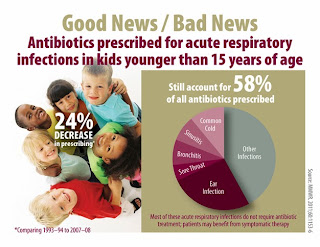 |
| FEMA/Jana Baldwin |
The Federal Emergency Management Agency’s Ready campaign reminds us about the importance of family connections prior to and during a disaster. It’s critical for parents to include their children in conversations about getting ready for emergencies. FEMA’s campaign reinforces that resolving to be ready in 2014 can be really simple — just think about three things when making your plan: who to call, where to meet and what to pack.
Social media is a great way to spread the word about preparedness. Here are some tips, courtesy of FEMA:
- Join FEMA’s Thunderclap and share a New Year's resolution about preparedness. When you sign up, Thunderclap will sync your social media accounts and release an automatic Facebook post, tweet or both on Jan. 1 at 12:30 p.m. EST reminding your friends and followers to make a family emergency plan.
- Use #Prepared2014 in your social media posts throughout 2014 to remind friends and followers to be prepared for emergencies all year long.
- Update your Facebook profile and cover pictures with Resolve to be Ready graphics.
- Follow the Ready campaign on Facebook and Twitter.
Check out APHA’s Get Ready campaign’s recent podcast on family communication for tips on creating a reliable plan.
And don’t forget that if you need more preparedness info, APHA’s Get Ready campaign has great, free fact sheets.
Have a safe, happy and healthy New Year!
And don’t forget that if you need more preparedness info, APHA’s Get Ready campaign has great, free fact sheets.
Have a safe, happy and healthy New Year!







.gif)
